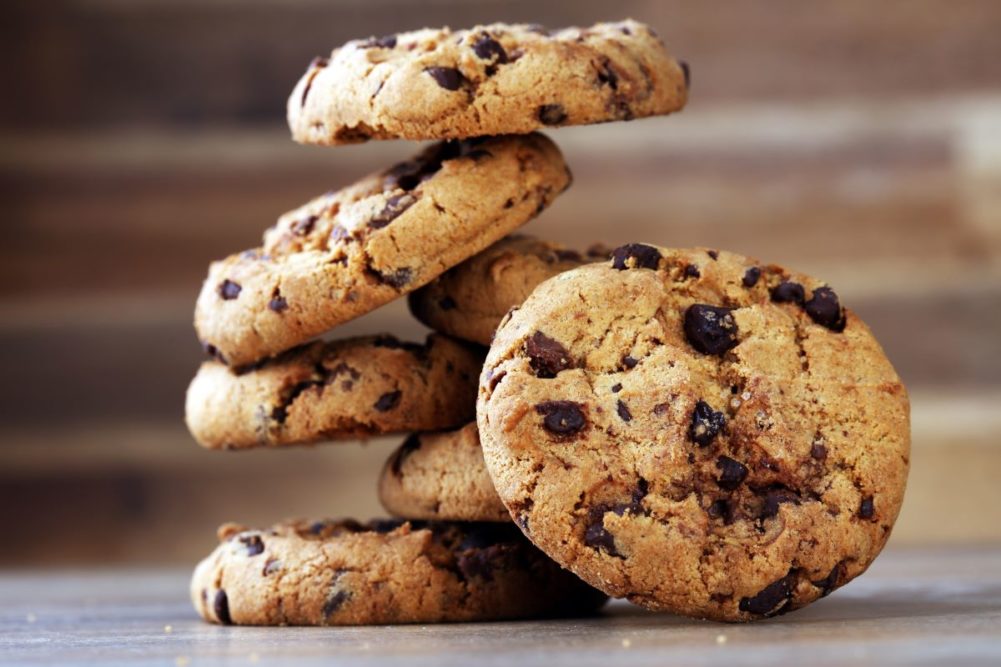Producers can lower saturated fat in a few ways, but the best strategy will depend on how heavily their product relies on it as well as the specific functionality these saturates provide.
For example, applications that rely on high amounts of butter, such as laminated pastries, will likely require margarine designed to provide much of the same functionality but with less saturated fat.
Andrea Weis, scientist II, AAK USA, noted that the company’s Cisao 82-85 Baker’s Margarine can replace all or a portion of the butter in baked foods.
“Traditional dairy butter contains 63% saturated fat, while AAK’s Cisao 82-85 margarine contains 49% saturated fat and is formulated with a blend of palm and soybean oils,” she said. “AAK fats and oils are derived only from plant sources and are inherently cholesterol-free, further improving the nutritional profile of bakery and snack products.”
Another strategy is to blend saturated fats with liquid oils low in saturates, noted Jackie Steffey, senior customer innovation manager, AAK USA. This can be an ideal approach for applications such as cookies, cakes and muffins where saturated fat reduction is more forgiving. The company’s EsSence line of shortenings are made with canola and palm oil and provide up to a 60% reduction in saturated fat compared to traditional palm-based shortenings.
Cargill similarly offers its Clear Valley All-Purpose Shortening, a blend of high-oleic canola and hydrogenated cottonseed oils.
“This shortening contains 23% saturated fat, compared to palm, which has 50%,” said John Satumba, PhD, global bakery technical lead and regional R&D director for North America, global edible oil solutions, Cargill. “Equally important, it still delivers on plasticity, sensory attributes and ease of use in operations — all critical factors to our bakery customers.”
For breads, buns and tortillas with an oil amount greater than 5%, Yanling Yin, PhD, director, research and development, Corbion, noted the company’s Vantage 2060 can lower oil content by 60%.
“It mimics the performance bakers are used to getting from oils, and/or mono- and diglycerides while meeting consumers’ needs for healthier options,” she said.
Certain applications may also require additional ingredients such as emulsifiers, hydrocolloids or antioxidants to make up for some of the loss of functionality provided by the saturated fat, said John Neddersen, principal designer for bakery and fats and oils, IFF. Emulsifiers can help recreate the aeration in cakes and frosting, for example, while hydrocolloids help provide viscosity.
Laura Cuseo, innovation technologist, AAK USA, echoed this point, noting that for high-fat applications like filling fats, product structure must be added back in different ways.
“Adding cocoa powder, starches or crystallizing agents can provide the necessary structure,” she said. “Or manufacturers can adjust their cooling process to ensure efficient cooling of the filling to create the proper crystal structure.”
Protein and fiber can also be incorporated to add emulsification and body, Dr. Satumba added.
“As an added benefit, these ingredients also add nutritional value to the finished product,” he said.
Shelf life is another concern when lowering saturates, as unsaturated fats are less shelf stable. To combat this loss in oxidative stability, antioxidants can be used.
“The addition of an antioxidant can bridge the stability gap so that consumers are getting the most healthful ingredients while the product is still meeting shelf life expectations,” said Jennifer Young, manager of antioxidant applications, food protection, Kalsec.
The company offers a variety of natural antioxidants that can meet different product and label requirements.
“Kalsec’s antioxidant building blocks include rosemary, green tea, ascorbic acid and mixed tocopherols, many available in both conventional and organic forms to meet labeling targets,” Ms. Young said.
This article is an excerpt from the October 2023 issue of Baking & Snack. To read the entire feature on Fats & Oils, click here.





